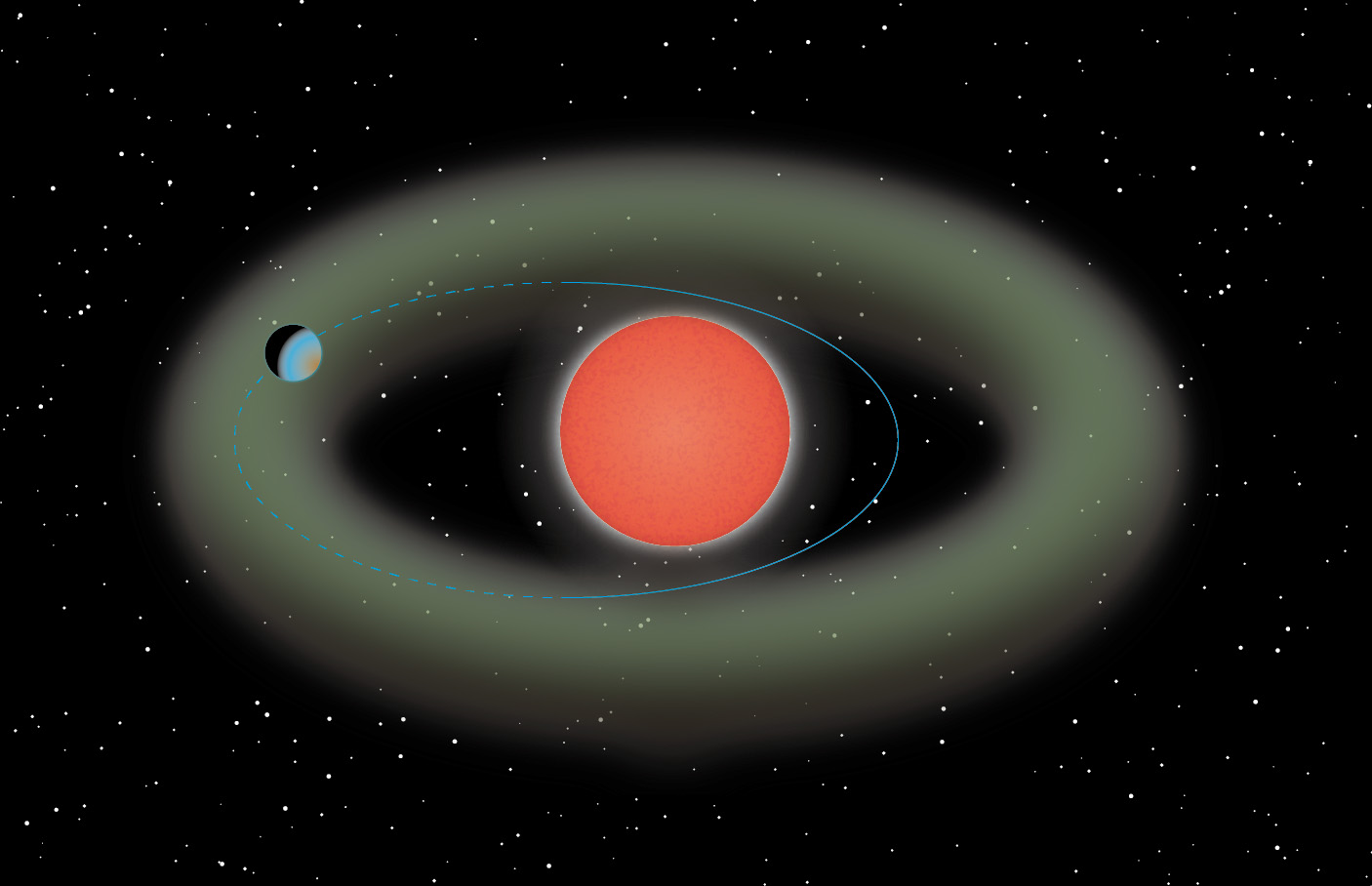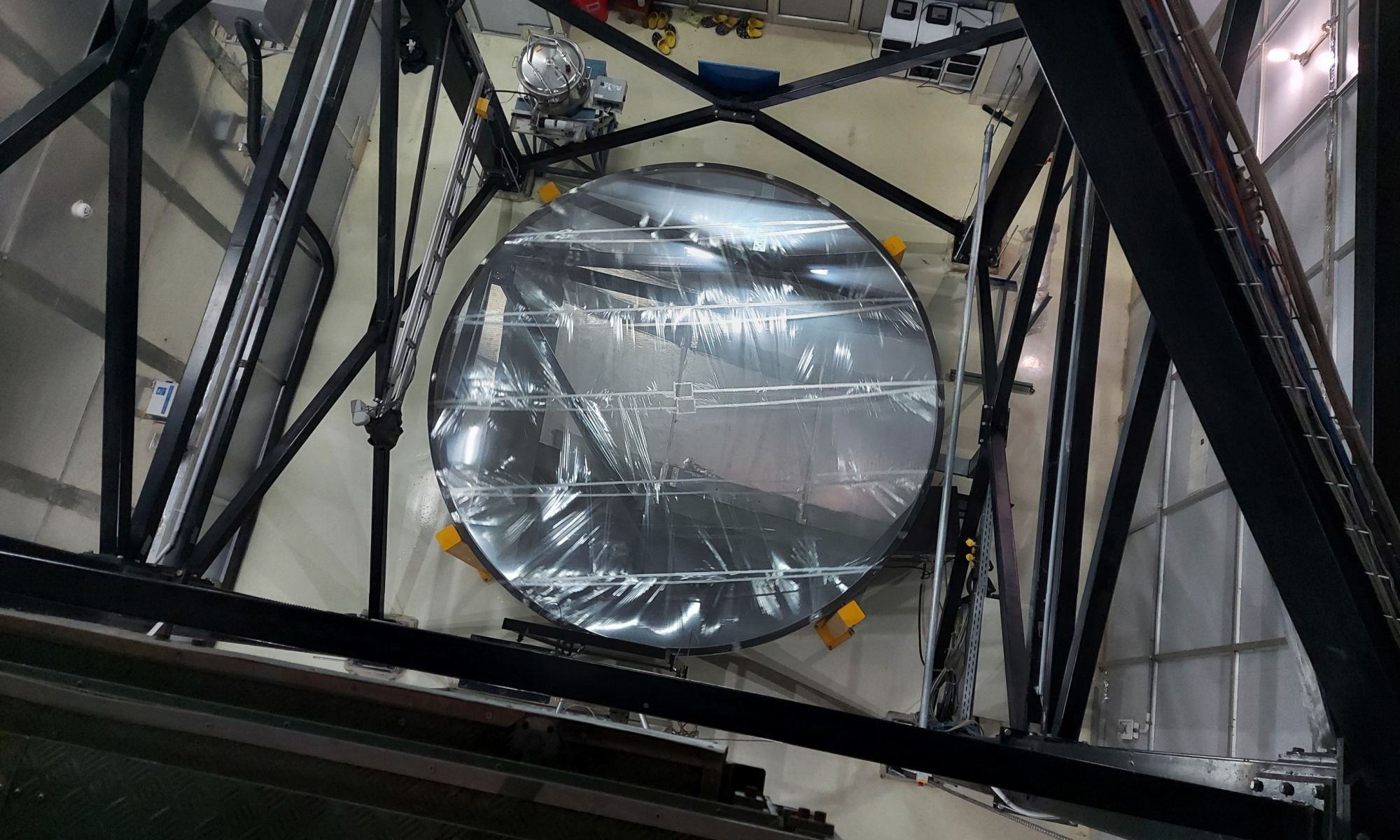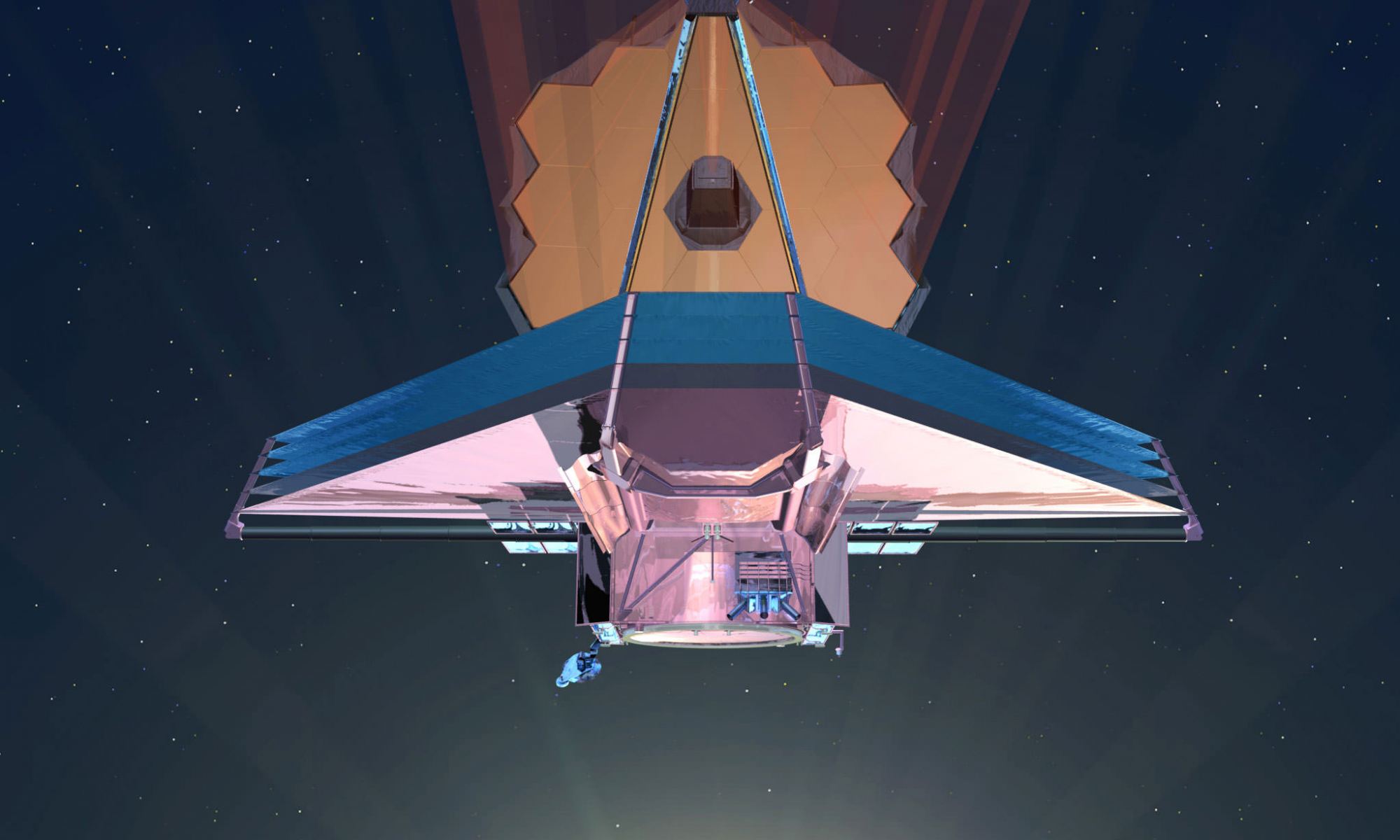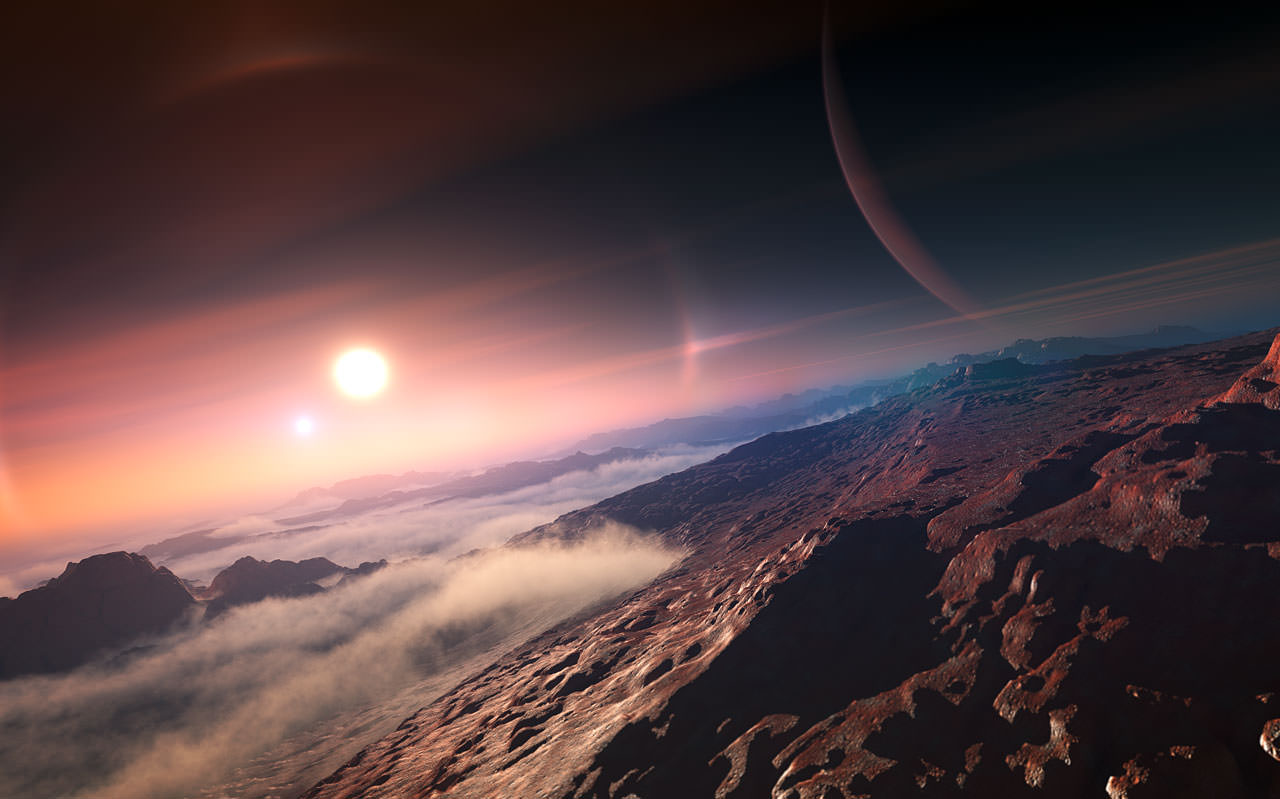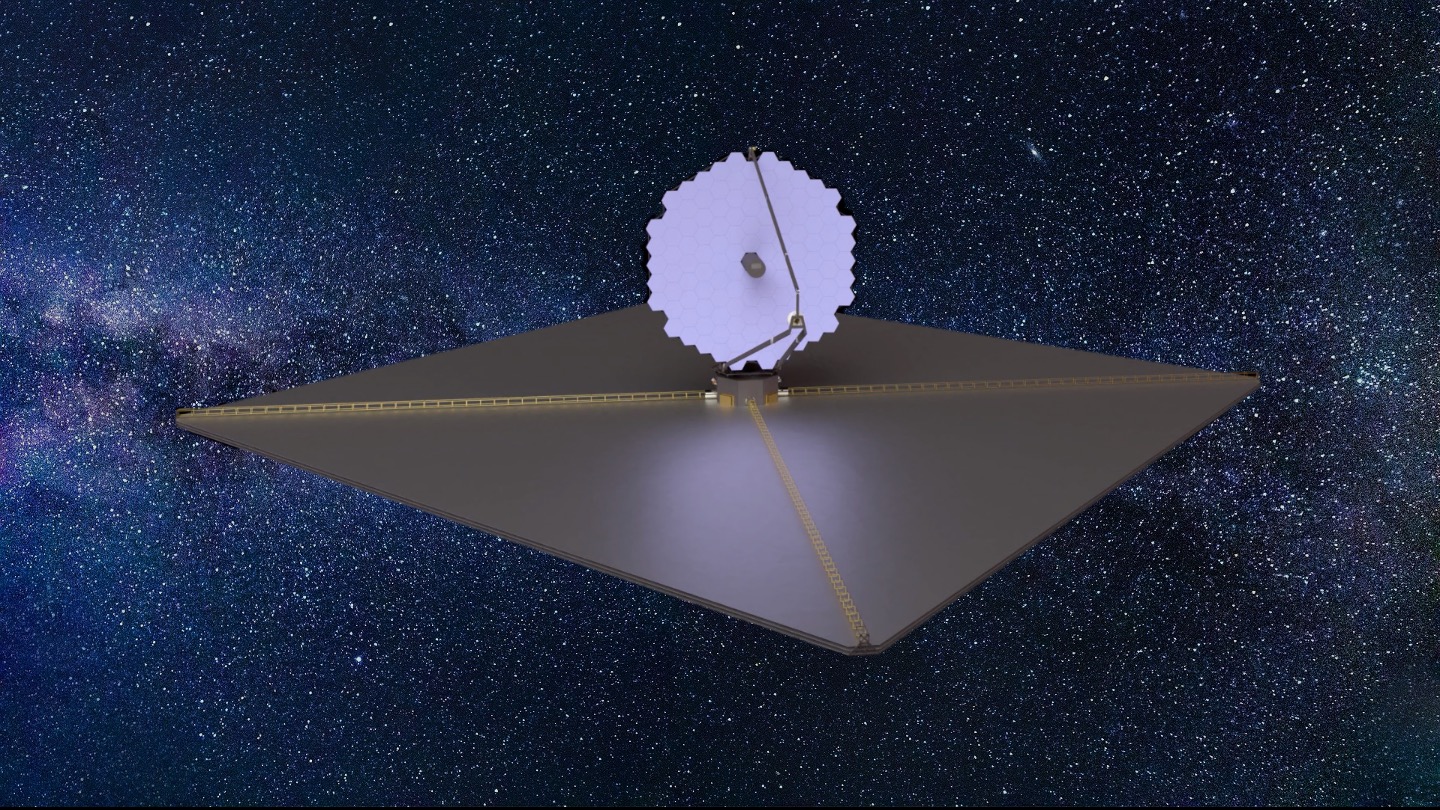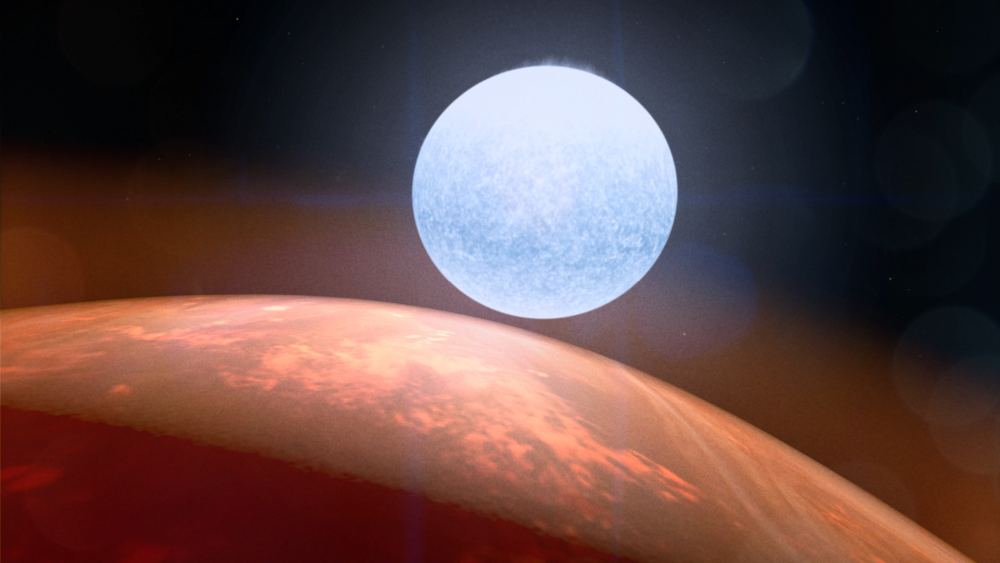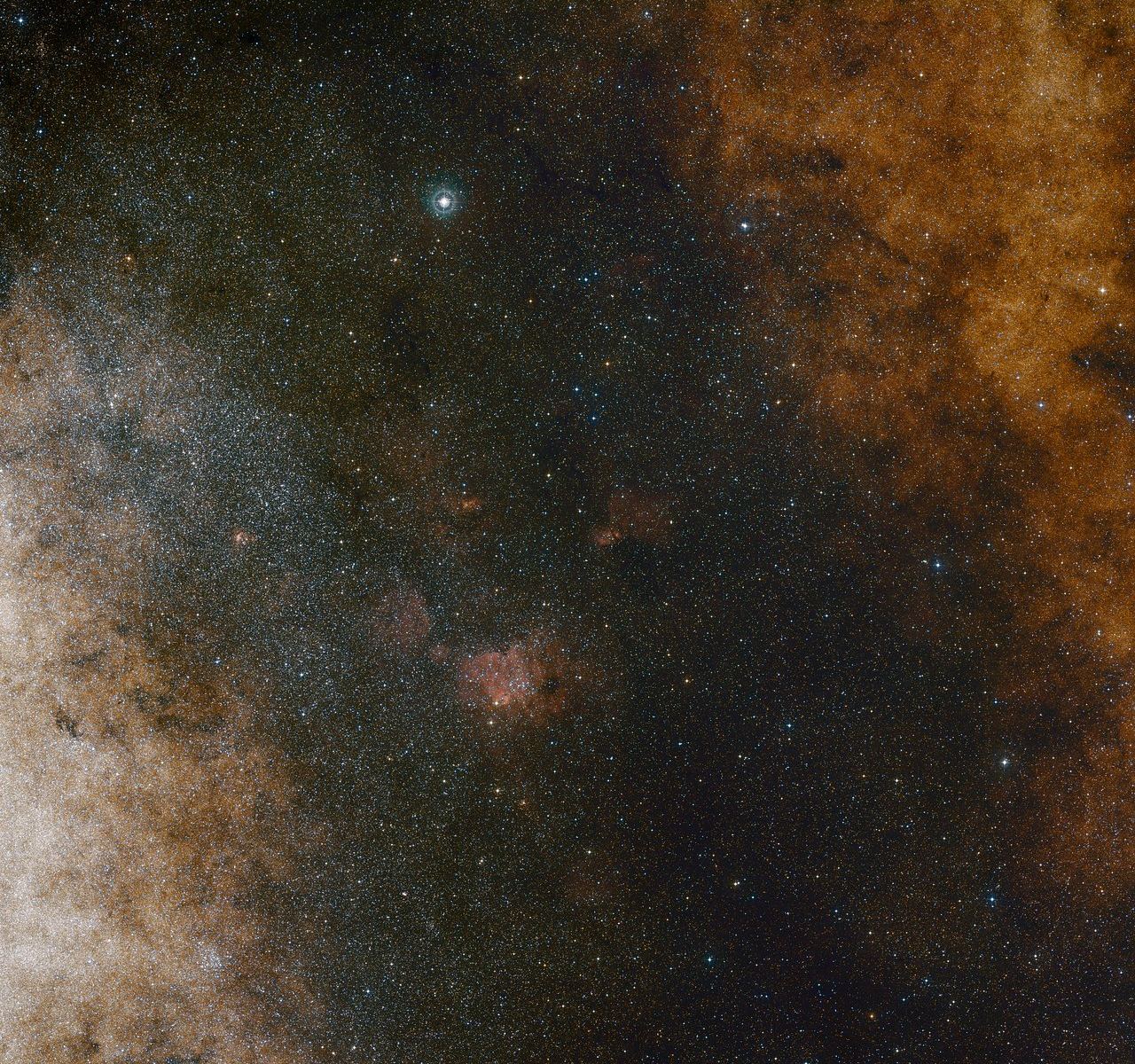Ask any astronomer, astrophysicist, or cosmologist, and they’ll probably tell you that a new age of astronomy is upon us! Between breakthroughs in gravitational-wave astronomy, the explosion in exoplanet studies, and the next-generation ground-based and space-based telescopes coming online, it’s pretty evident that we are on the verge of an era of near-continuous discovery! As always, major discoveries, innovations, and the things they enable inspire scientists and researchers to look ahead and take the next big step.
Take, for example, the research into liquid mirrors and advanced interferometers, which would rely on entirely new types of telescopes and light-gathering to advance the science of astronomy. A pioneering example is the newly-commissioned International Liquid Mirror Telescope (ILMT) telescope that just came online at Devasthal Peak, a 2,450 m (8,040 ft) tall mountain located in the central Himalayan range. Unlike conventional telescopes, the ILMT relies on a rapidly-rotating 4-meter (13 ft) mirror coated with a layer of mercury to capture cosmic light.
Continue reading “The World's Largest Liquid-Mirror Telescope Comes Online”
